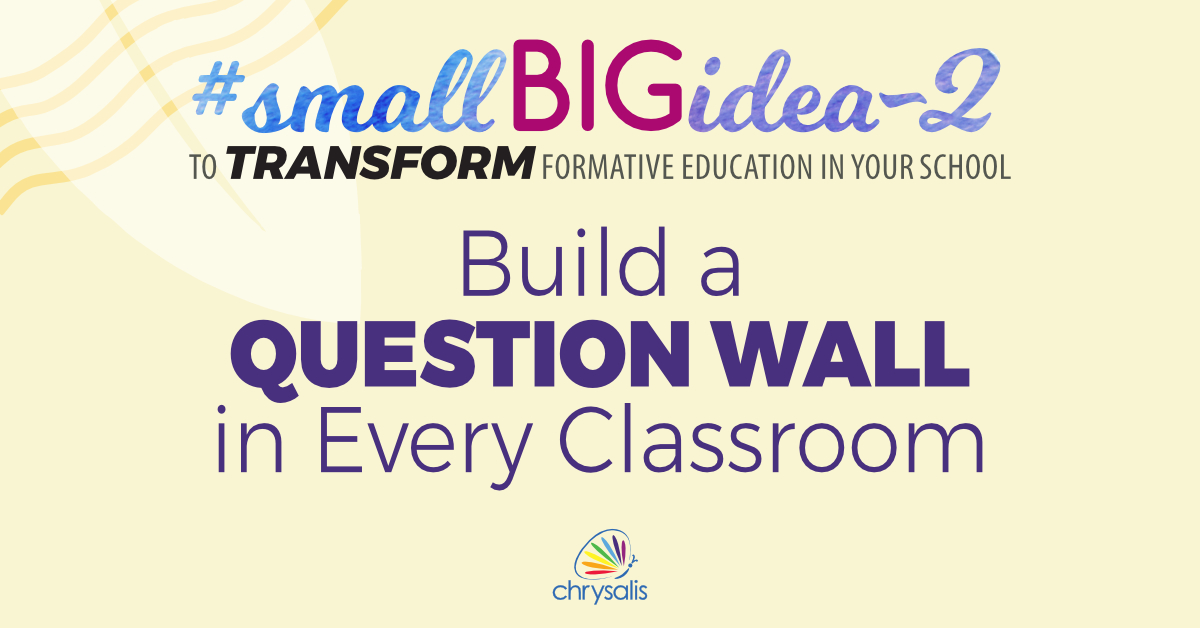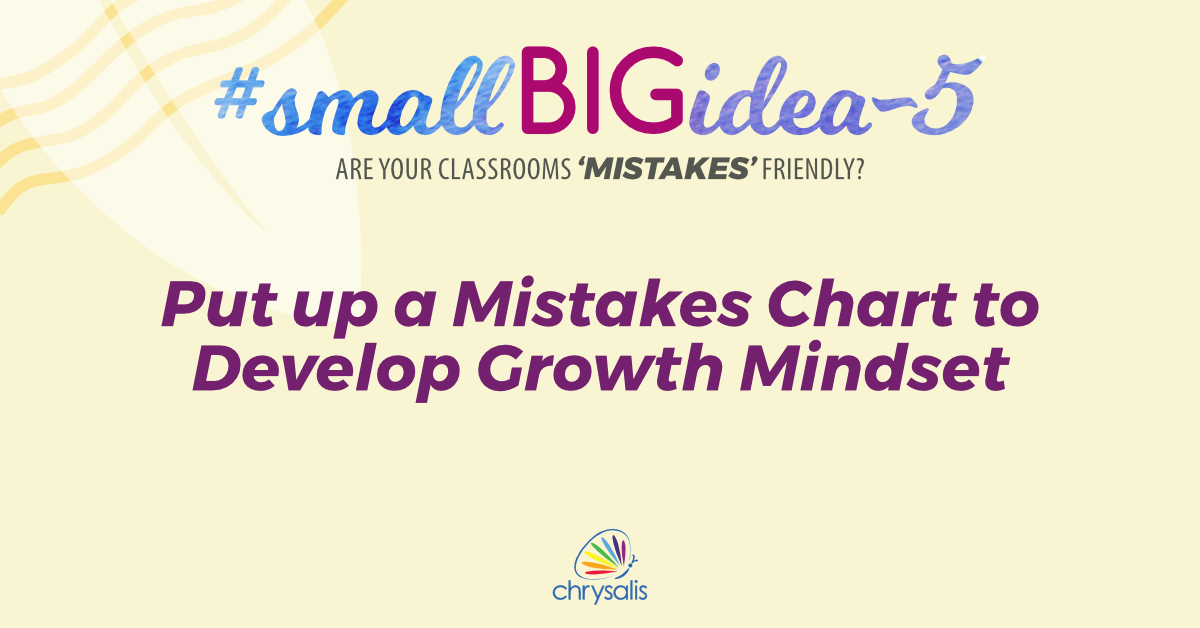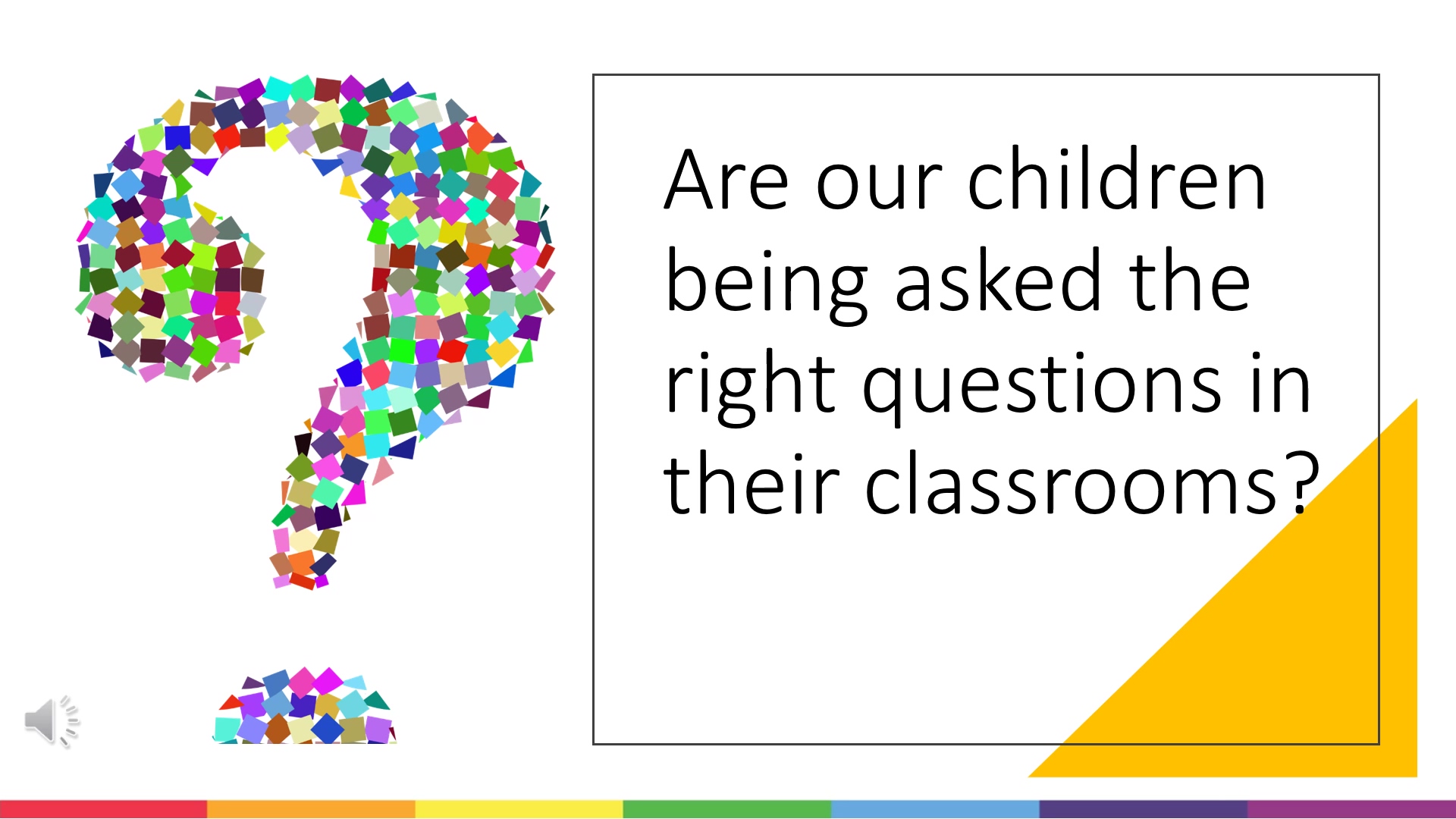Children who read regularly have good vocabulary and highly-developed language skills. When they read they learn how to structure sentences and how to use words effectively. However, reading without comprehension is a pointless exercise. Thus, a major goal of reading should be to help students to develop comprehension skills. It is here that educators and teachers can make use of story maps. Integrating story maps into reading lessons helps students to pay attention to important story elements.
What are story maps?
A story map is one of the progressive teaching methods that use a graphic organiser to help students understand different elements of the reading materials. But how does it work? After reading a material, students are asked to fill in graphic organisers answering specific questions. These questions could include:
- What is the story about?
- Who are the main characters in this story?
- When and where did the story take place?
- What is the morale of the story?
Story maps visually organise the elements of the story in such a way that the relationships between key elements are highlighted in the map. The questions and the choice of graphic organisers depend on the learning levels of students. The simplest design could be beginning, middle, and end while the complex ones could focus on the plot and characters.
Common graphic organisers used in story maps
Graphic organisers provide students a framework for identifying the elements of a story. They help students to visually organise information and ideas efficiently.
- T-Chart
.jpg?width=503&name=Blog-Image1%20(1).jpg)
- Main Idea Web

- Venn Diagram:
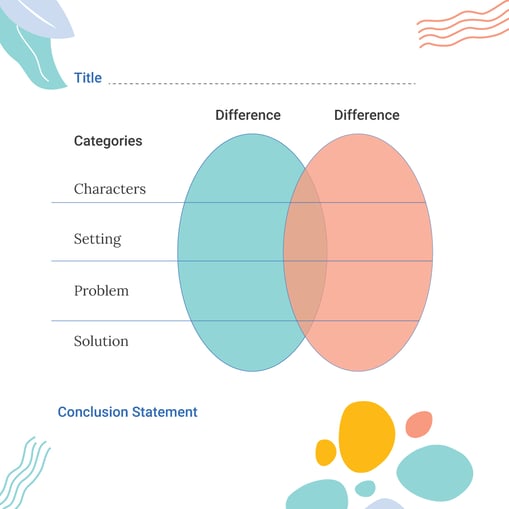
- Sequence Chart
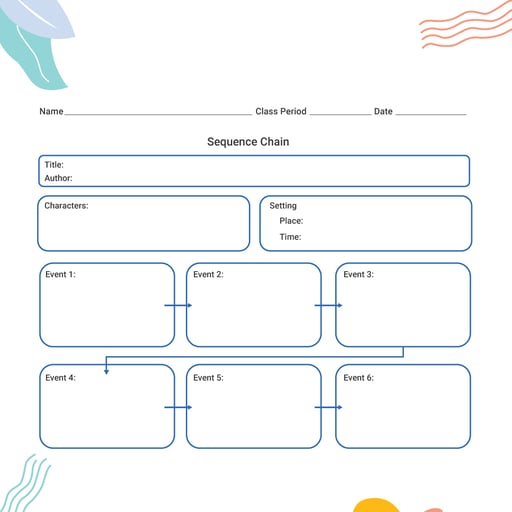
How to use progrssive teaching methods such as story maps in class?
Step 1: Introduce students to the model: To implement story maps, it is important to familiarise students with the strategy. Teachers can select a reading passage, prepare a story map template and display it in the class. The best approach would be to read the passage and questions on the story map. Read the passage again and stop to answer questions on the map.
Step 2: Start with short practice sessions: Give students small passages to work on and instruct them to work in small groups or in pairs. Students can take turns to read out loud and to fill in their story maps. Keep practice sessions short --- 5 minutes to 10 minutes --- especially for younger children. For older children, the session can go on for 15 minutes to 20 minutes.
Step 3: Assess the learning: After having introduced the story maps, it is important to evaluate the efficacy of the strategy. Teachers should check if the questions have been answered correctly and compare them with the results of tests conducted before the strategy was implemented. If students are able to answer questions correctly, it is a sign that their reading comprehension has improved.
Introduce progressive teaching methods in your school with Thinkrooms
Leverage the power of story maps to improve students’ comprehension skills. All the lessons in our Thinkroom programme include story maps. We combine text, graphics and other multimedia content to help students not just understand the subject matter but develop a well-rounded way of thinking.

.jpg)
